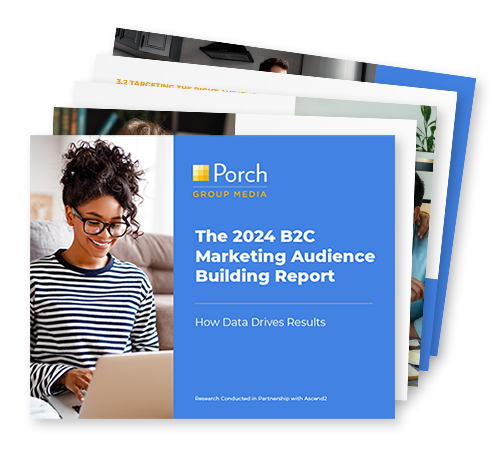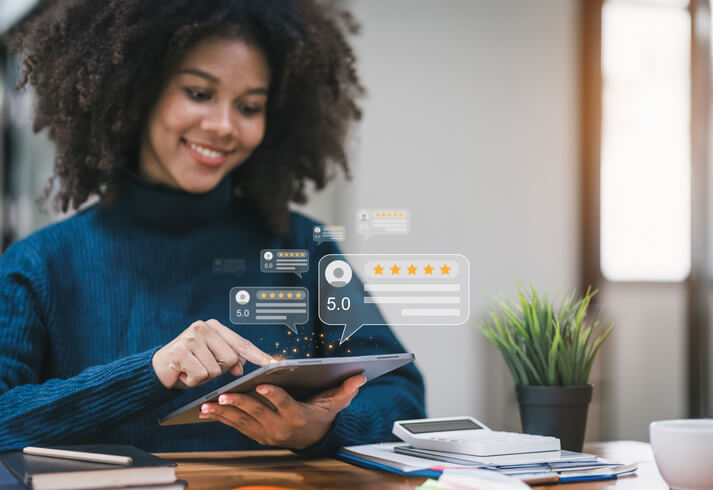Many organizations have implemented some type of omnichannel engagement strategy to connect with today’s consumers. However, connecting offline and online experiences continues to be a major focus in 2017 with many brands trying to bridge the disconnect in order to deliver more seamless experiences. According to a recently released study from the Chief Marketing Officer Council, one of the biggest challenges for marketers in 2017 will be understanding the connected customer journey across all touchpoints and how best to interact on a more personal, content-rich level.
A report by Kibo Software recently explored the trends in consumer behaviors, expectations, and demands to arm brands with the latest insights to inform their omnichannel strategies and investments.
According to the research:
- 94% of consumers do research online before visiting a store.
- 81% of consumers said they have looked up inventory on a retailer’s website before visiting the store and 80% are less inclined to visit a store if a website does not provide current product availability.
- 92% of consumers reported interactive content influences them to make a purchase. In the past six months, 93% of consumers have reviewed product ratings before purchasing an item.
- 57% of consumers reported that most of the time loyalty drove their purchasing.
Omnichannel Expectations
Consumers do not view offline and online channels as separate extensions of a brand. Shopping in a store should offer the same experience, information, and product choices as shopping online. Consumers regularly use different channels in conjunction. For example, a consumer may check your inventory in your website, visit your social pages to see store hours, and then head to a brick and mortar establishment to actually make the purchase. They may start off on one device such as a mobile phone, add something to a shopping cart, and then later visit the site again through a tablet or on a desktop. As the purchase journey becomes more and more fragmented, brands must work more diligently to provide a connected channel experience.
In the report by Kibo, interactive content such as product videos, image carousels and multiple views (including zoom) of the product, and configurators or calculators influence 92% of consumers to complete their purchase. The study also found that a simplified shopping cart has an influence on 78% of consumers to complete their purchase. A one-page checkout or one-click checkout is becoming the industry standard as it easily converts browsers to customers.

While interactive content is the highest contributor for influencing a sale, the second major influencer is the product page itself. According to the research, two specific elements on the product page make the biggest impact on consumers:

The Impact of Personalization
Personalizing individual touchpoints across channels continues to make an impact in encouraging consumers to complete the path to purchase. Traditional techniques such as segmenting consumers and producing product recommendations can now be augmented with more granular approaches such as hyper-personalized promotions, content, and interactions for each individual consumer. The research found that personalized promotions on a homepage influences 85% of consumers to complete their purchase. Personalization does not stop at the initial sale but can be used to continue to influence return purchases. Specifically, 55% of consumers state they are influenced by customer loyalty discounts and offers to complete the purchase.





